Montenegro, a small yet breathtaking country located in Southeast Europe, is known for its stunning landscapes, rich history, and vibrant culture. With its dramatic mountains, picturesque coastline along the Adriatic Sea, and charming towns, Montenegro has become an increasingly popular destination for travelers seeking natural beauty and cultural experiences. This blog will explore Montenegro’s geography, states, history, culture, cuisine, and must-visit destinations, providing a comprehensive overview of this remarkable country.
Table of Contents
Geography of Montenegro
Montenegro is situated in the western Balkans, bordered by Croatia to the northwest, Bosnia and Herzegovina to the north, Serbia to the northeast, Kosovo to the east, and Albania to the southeast. The country covers an area of approximately 13,812 square kilometers and features a diverse landscape characterized by rugged mountains, deep canyons, and a stunning Adriatic coastline.
The Dinaric Alps dominate the northern region, with peaks like Bobotov Kuk, which rises to 2,523 meters. The Tara River Canyon, one of the deepest in Europe, showcases the country’s natural beauty with its emerald waters and lush surroundings. Montenegro’s coastline stretches for about 293 kilometers, dotted with beautiful beaches, charming coastal towns, and historic sites.
States of Montenegro
| No | Name | Capital |
|---|---|---|
| 1 | Podgorica | Podgorica |
| 2 | Nikšić | Nikšić |
| 3 | Herceg Novi | Herceg Novi |
| 4 | Bijelo Polje | Bijelo Polje |
| 5 | Pljevlja | Pljevlja |
| 6 | Tivat | Tivat |
| 7 | Kotor | Kotor |
| 8 | Bar | Bar |
| 9 | Cetinje | Cetinje |
| 10 | Ulcinj | Ulcinj |
A Brief History of Montenegro
Montenegro has a rich and complex history, influenced by various cultures and empires. The region was inhabited in prehistoric times, and evidence of ancient settlements can be found throughout the country. In the Middle Ages, Montenegro became a principality, known for its fierce independence and resistance against foreign rule.
In the 15th century, the region was threatened by the expansion of the Ottoman Empire, leading to a series of battles and uprisings. Montenegro managed to maintain a degree of autonomy, and by the late 19th century, it was recognized as an independent kingdom. After World War I, Montenegro became part of the Kingdom of Serbs, Croats, and Slovenes, later known as Yugoslavia.
Following the breakup of Yugoslavia in the 1990s, Montenegro initially formed a federation with Serbia. In 2006, Montenegro held a referendum and declared independence, becoming a sovereign state. Since then, Montenegro has pursued European integration and has been recognized for its stunning natural beauty and cultural heritage.
Top Ten Most Famous Places to Visit in Montenegro
1. Kotor

Kotor, a UNESCO World Heritage site, is a picturesque coastal town located at the foot of the mountains. Known for its well-preserved medieval architecture, Kotor features narrow streets, ancient churches, and a stunning waterfront. The highlight of the town is the Kotor Fortress, which offers breathtaking views of the Bay of Kotor and the surrounding landscape. Visitors can explore the charming old town, wander through the lively markets, and savor local cuisine in waterfront restaurants.
2. Dubrovnik
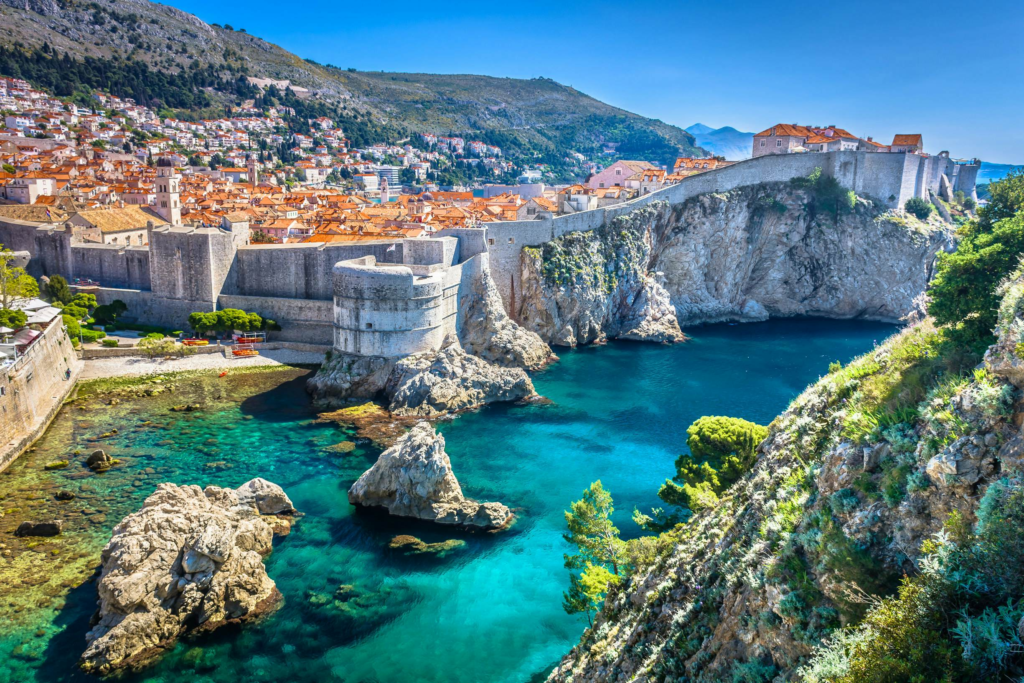
Dubrovnik, often referred to as the “Pearl of the Adriatic,” is a stunning city located just across the border from Montenegro. While technically in Croatia, its proximity makes it a popular day trip destination for visitors in Montenegro. The city’s well-preserved medieval walls, historic buildings, and vibrant atmosphere attract tourists from around the world. Walking along the city walls provides panoramic views of the Adriatic Sea and the charming red-tiled rooftops.
3. Budva
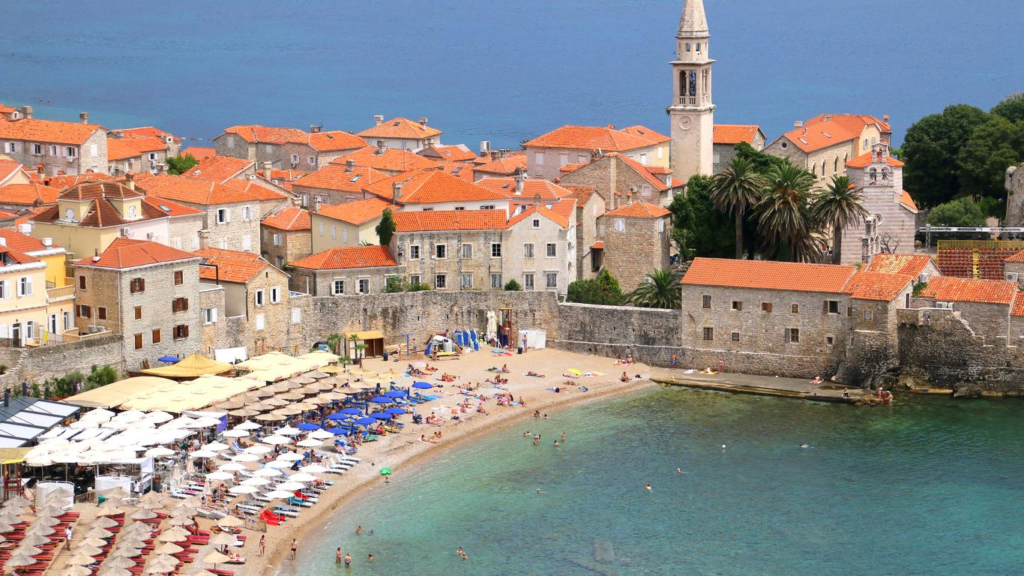
Budva is a lively coastal town known for its beautiful beaches, vibrant nightlife, and historic old town. The Budva Riviera boasts stunning sandy beaches and crystal-clear waters, making it a popular destination for sunbathing and water sports. The old town, with its ancient fortifications and charming narrow streets, is home to numerous cafes, restaurants, and shops. Budva hosts various cultural events and festivals throughout the year, adding to its vibrant atmosphere.
4. Cetinje

Cetinje, the former royal capital of Montenegro, is a town steeped in history and culture. Visitors can explore the historical buildings, museums, and galleries that reflect Montenegro’s rich heritage. The Cetinje Monastery, an important religious site, is a must-visit for those interested in the country’s spiritual history. The surrounding mountains and natural landscapes provide opportunities for hiking and outdoor activities.
5. Durmitor National Park

Durmitor National Park, a UNESCO World Heritage site, is a haven for nature lovers and adventure seekers. The park features breathtaking landscapes, including dramatic peaks, glacial lakes, and deep canyons. Outdoor activities such as hiking, skiing, and rafting are popular among visitors. The Tara River, known for its turquoise waters, offers thrilling rafting experiences, while the park’s serene lakes provide a peaceful escape into nature.
6. Njegoš Mausoleum

The Njegoš Mausoleum, located on Mount Lovćen, is a significant cultural and historical site. It is the final resting place of Petar II Petrović Njegoš, a revered Montenegrin leader and poet. The mausoleum is perched at an elevation of 1,749 meters, offering stunning panoramic views of the surrounding landscape. The journey to the mausoleum involves a scenic drive and a hike, making it a rewarding experience for visitors.
7. Ostrog Monastery
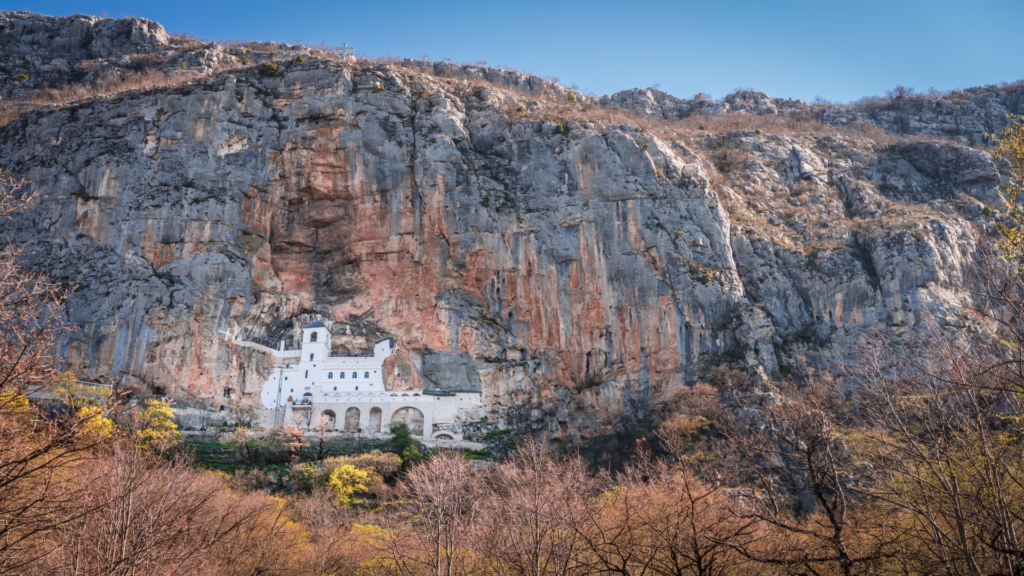
Ostrog Monastery is an impressive Orthodox monastery built into a sheer rock face, located about 40 kilometers from Nikšić. It is a place of pilgrimage for many and is dedicated to Saint Basil of Ostrog. Visitors can explore the monastery’s beautiful frescoes and enjoy the breathtaking views of the surrounding mountains and valleys. The serene atmosphere makes it a popular destination for reflection and spirituality.
8. Skadar Lake National Park

Skadar Lake, the largest lake in the Balkans, is a stunning natural reserve teeming with diverse wildlife and picturesque landscapes. The national park surrounding the lake offers opportunities for birdwatching, hiking, and boat tours. Visitors can explore charming fishing villages, sample local wines, and enjoy the tranquility of the lake’s serene waters. The park is also home to numerous species of birds, making it a paradise for nature enthusiasts.
9. Perast
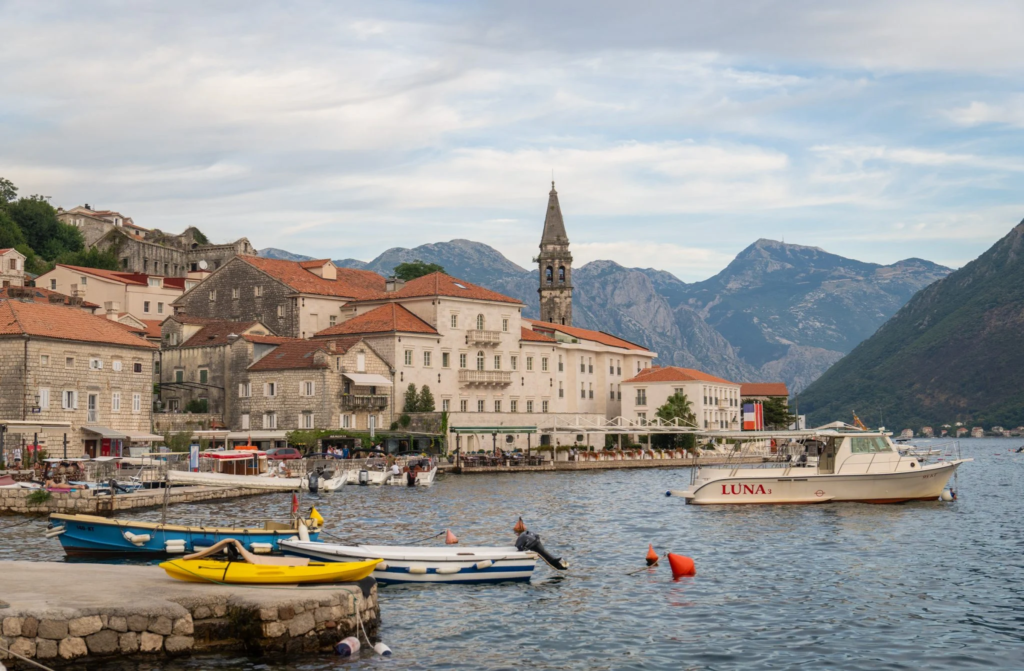
Perast is a charming coastal village located near Kotor, known for its stunning baroque architecture and scenic waterfront. The village is home to several historic churches and palaces, including the Church of Our Lady of the Rocks, which is situated on a small island in the bay. Visitors can take a boat ride to the island and explore its museum and church, which hold significant cultural and historical importance.
10. Tara River Canyon

The Tara River Canyon, one of the deepest canyons in Europe, is a natural wonder that attracts adventure seekers and nature lovers. The canyon is characterized by its dramatic cliffs, lush forests, and crystal-clear waters. Visitors can experience thrilling white-water rafting trips, explore hiking trails, and take in the breathtaking views from the numerous viewpoints along the canyon. The stunning landscape and pristine environment make it a must-visit destination for outdoor enthusiasts.
Culture of Montenegro
Montenegro’s cultural heritage is a rich tapestry woven from its historical influences and traditions. The country boasts a vibrant folk culture, reflected in its music, dance, and traditional costumes. Montenegrin music often features the use of traditional instruments like the gusle, a single-stringed instrument, and is characterized by its emotional melodies and storytelling.
Festivals and events play a significant role in preserving and celebrating Montenegrin culture. The Kotor Carnival, held annually in the coastal town of Kotor, is a lively event featuring parades, music, and colorful costumes. Additionally, the International Festival of Theatre for Children in Herceg Novi showcases the artistic talents of local and international performers, fostering a love for the arts among younger generations.
Montenegro’s cuisine is also an integral part of its cultural identity, with dishes that reflect the country’s agricultural heritage and Mediterranean influences. Traditional recipes often feature fresh ingredients, including vegetables, meats, and fish, showcasing the flavors of the region.
Cuisine of Montenegro
Montenegrin cuisine is a delightful blend of Mediterranean and Eastern European influences, characterized by its use of fresh, locally sourced ingredients. The culinary tradition emphasizes hearty meals, with an abundance of meats, fish, vegetables, and grains. Olive oil, garlic, and various herbs and spices are commonly used to enhance the flavors of dishes.
One of the hallmark features of Montenegrin cuisine is its emphasis on grilled meats, particularly lamb, pork, and beef. These meats are often marinated and cooked over open flames, resulting in rich and smoky flavors. Fresh seafood is also a staple along the coast, with dishes featuring octopus, squid, and various fish caught daily.
Montenegro is known for its delicious cheeses, particularly Njeguški cheese, which is made from sheep’s milk and has a distinct flavor. Local wines, especially those from the vineyards of the region, complement the culinary experience, with red and white varieties available for tasting.
Top Eight Most Famous Foods of Montenegro



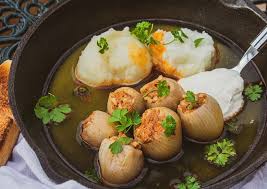
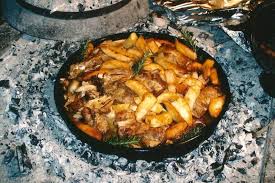



Conclusion
Montenegro, with its stunning landscapes, rich history, and vibrant culture, offers a unique and unforgettable experience for travelers. From the breathtaking mountains and pristine coastline to the charming towns and diverse cuisine, Montenegro has something for everyone. As a small country with a big heart, it continues to enchant visitors with its natural beauty and cultural heritage, making it a must-visit destination in the Balkans.

